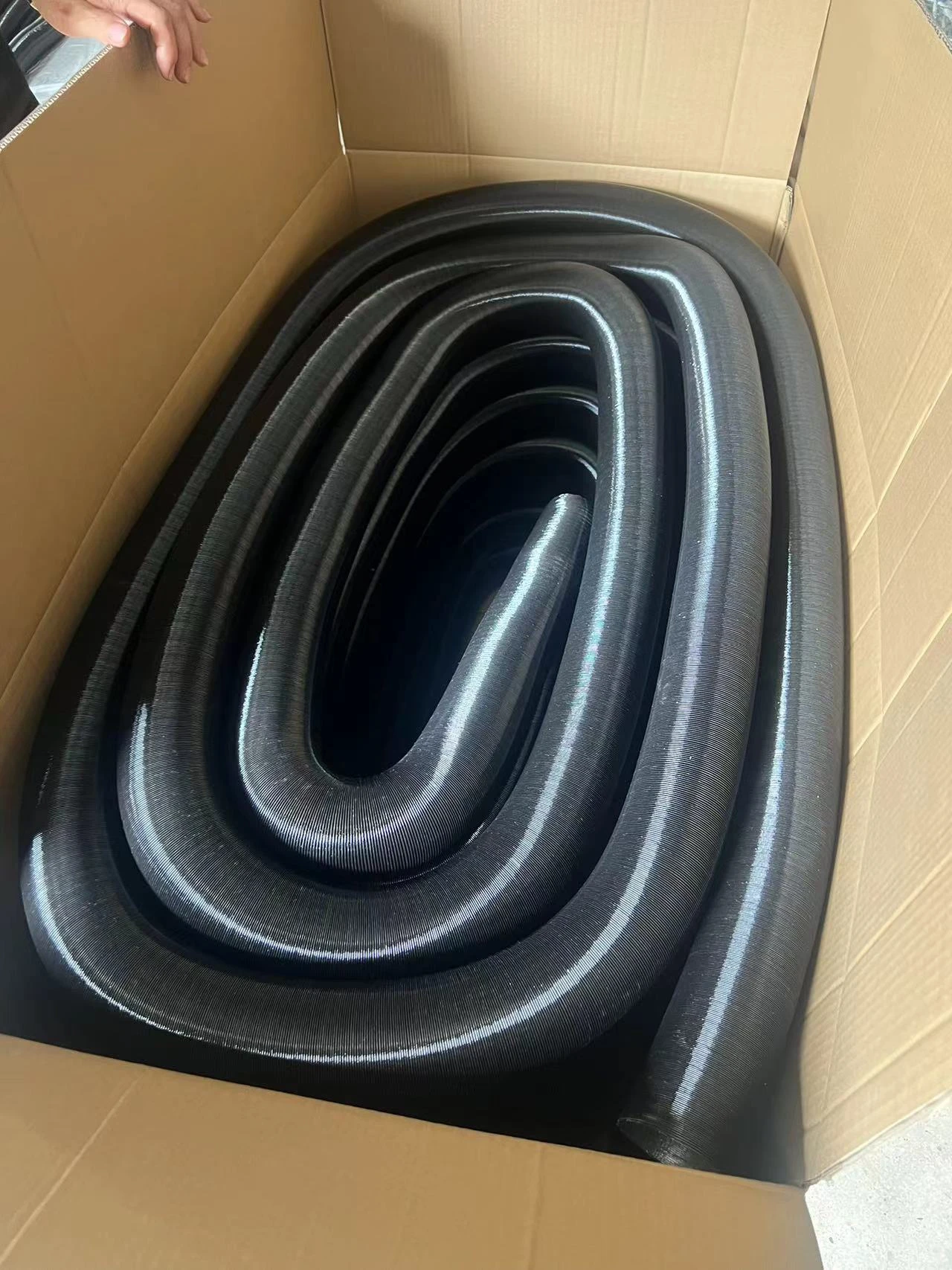Innovative Solutions in PU Air Tube Technology and Applications
The Evolution and Impact of PU Air Tubes
In today’s fast-paced world, where efficiency and performance dictate the success of industries, innovative materials and tools are paramount. The PU (Polyurethane) air tubes have emerged as a significant player in various sectors, particularly in pneumatic systems, automotive, and medical applications. Understanding the characteristics, advantages, and implications of PU air tubes reveals their indispensable role today.
What are PU Air Tubes?
PU air tubes are flexible tubes made from polyurethane, a versatile polymer known for its durability, chemical resistance, and flexibility. These tubes are designed to transport air and fluids, making them essential components in many applications. Their manufacturing process involves the extrusion of polyols and isocyanates, resulting in a material that boasts remarkable strength-to-weight ratios.
Advantages of PU Air Tubes
1. Flexibility and Lightweight Nature One of the primary advantages of PU air tubes is their flexibility. They can easily bend and twist without losing shape or integrity, making them ideal for use in tight spaces and complex configurations. Furthermore, they are lightweight, which reduces the overall weight of machinery and equipment.
2. Chemical Resistance PU air tubes are resistant to many chemicals, oils, and fuels. This property allows them to be used in environments where exposure to harmful substances is inevitable, without degrading their performance.
3. High Abrasion and Tear Resistance The robust nature of polyurethane provides PU air tubes with high resistance to abrasion and tearing compared to other materials. This durability ensures a longer life span, reducing the need for frequent replacements.
4. Temperature Resilience PU air tubes can function effectively across a broad range of temperatures. They maintain their integrity and performance in both extreme cold and heat, making them suitable for various environments and applications.
5. Versatile Applications PU air tubes are extensively used in different fields. In the automotive industry, they are pivotal in brake lines and fuel systems. In manufacturing, they are essential in pneumatic systems, transporting compressed air for tools and machinery. Medical applications include breathing apparatus and other equipment where reliable air delivery is crucial.
pu air tube

Applications of PU Air Tubes
The versatility of PU air tubes allows them to find applications in various industries. For instance, in the manufacturing sector, they are crucial for handling pneumatic equipment and tools. Their flexibility allows for efficient movement within machinery, leading to enhanced productivity. In the automotive industry, PU air tubes facilitate air and fluid transfer, ensuring the smooth operation of critical vehicle systems.
In the medical field, PU air tubes are vital for respiratory devices, where flexibility and reliability are non-negotiable. They ensure a steady flow of air, essential in life-supporting equipment, thus underscoring the critical role they play in healthcare.
Environmental Considerations
As industries align themselves with sustainable practices, the production and disposal of PU air tubes raise pertinent questions. While polyurethane is not biodegradable, many manufacturers are now exploring ways to recycle PU materials. Innovations in creating more sustainable polyethylene components are also underway to minimize environmental impact. This transition to more eco-friendly options can mitigate some concerns associated with traditional PU compounds.
The Future of PU Air Tubes
As technology advances, the demand for more efficient, durable, and versatile materials will continue to rise. PU air tubes are set to evolve, incorporating new technologies that enable even greater performance metrics. Potential advancements could include the integration of smart technology that allows for real-time monitoring of air quality and flow, making them indispensable in industrial automation and smart manufacturing.
Conclusion
PU air tubes represent the intersection of innovation and functionality. Their impressive attributes—flexibility, durability, and resistance to various substances—make them vital across numerous applications. As industries strive for greater efficiency and sustainability, PU air tubes will undoubtedly continue to play a crucial role in shaping the future of manufacturing, automotive, medical, and beyond. Understanding and leveraging the unique properties of these tubes will not only drive technological advancements but also enhance the overall performance of systems reliant on air and fluid transport.
-
Top Quality Oxy Acetylene Hoses for Sale Fit for Welding DemandsNewsJul.28,2025
-
The Future of Pneumatic Air Tubes in IndustryNewsJul.28,2025
-
Superior and Reliable LPG Hose Pipe Solutions for Every NeedNewsJul.28,2025
-
Exceptionally Durable and Versatile Premium Braided PVC TubingNewsJul.28,2025
-
Best Adapters for Connecting Garden Hose to PVC Pipe ConnectionsNewsJul.28,2025
-
The Essential Role of LPG Hoses in Safe and Efficient Gas DistributionNewsJul.16,2025














